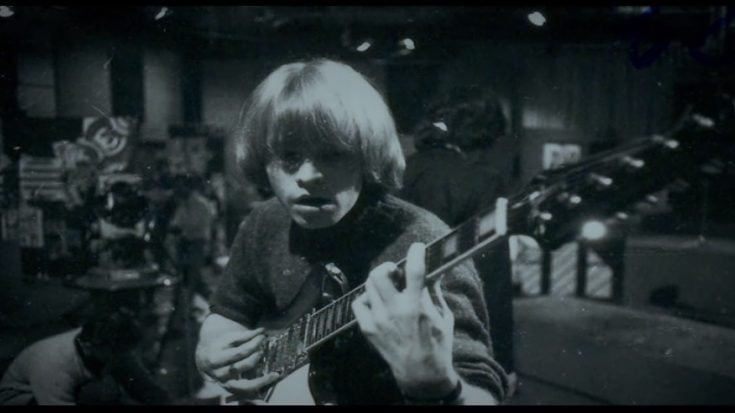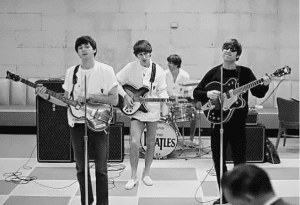The Greatest Contributions Of Brian Jones To The Rolling Stones

Brian Jones’s clip- IFC Films/ YouTube
The Rolling Stones were a pioneering band during the English blues-rock explosion of the early ‘60s, but the band had to soon move on due to the intense competition. Andrew Loog Oldham, the manager, saw that playing covers of old blues songs wouldn’t keep the band together for very long, so he suggested that Mick Jagger and Keith Richards start working together to write new material. Because of this, Brian Jones, the band’s original frontman, was left on the outside. Before Jagger and Richards took over as the band’s principal creative voices, Jones had organized the original iteration of The Rolling Stones and selected the majority of the band’s material, played slide guitar and harmonica, and guided the band’s direction. Below are some of his finest contributions to the group.
“Ruby Tuesday”: Recorder
Jones sometimes made music that was genuinely moving with his instruments. He came up with the tune for “Ruby Tuesday” while just messing about on the recorder, a simple woodwind instrument.
“She’s a Rainbow”: Mellotron
In the final years of the Stones’ career, Jones became adept at playing the Mellotron, an early keyboard with adjustable settings that could simulate a variety of instruments.
“Paint It Black”: Sitar
In contrast to their previous work, Stones’ “Paint It Black” features a more subdued and classical sitar arrangement within the rock genre. Jones had learned a lot from Harihar Rao, a disciple of Ravi Shankar, and was now a competent sitar player. For most rock listeners, Brian Jones’s sitar performance on this song was their fans’ first exposure to the instrument.
“Ride On, Baby”: Harpsichord
Even though popular culture was moving toward counterculture, the Stones’ genre experiments and poor image often put them at chances of success with the mainstream. Jones’ remedy was to look to the past. For the Stones’ 1965 baroque pop song “Ride On, Baby,” he used an old classical keyboard called a harpsichord.
“Sing This All Together (See What Happens)”: Jaw harp
This song, “Sing This All Together (See What Happens),” is not enjoyable in the slightest since it is entirely ambiguous. The jaw harp played by Jones can be heard buzzing and bopping around, but it was very evident at that moment that no one in the band realized what he was contributing to the overall sound mix.
“Cool, Calm, and Collected”: Kazoo
Brian Jones appeared to be groping about for a new addition to the Stones’ song. Jones started to experiment with the periphery of standard western instruments to fill in the blanks. There were occasions when he specifically targeted children’s instruments, like the Kazoo in “Cool, Calm, and Collected.”
“Dandelion”: Saxophone
Jones wasn’t willing to limit himself to the string section, so he also learned to play the saxophone, a staple of rock bands since the ‘50s.
“Lady Jane”: Appalachian Dulcimer
When the band veered into the baroque territory, it was usually Jones who took the initiative. Jones followed in Joni Mitchell’s footsteps, albeit a few years early, by scooping up the Appalachian dulcimer, a folk instrument that gave “Lady Jane” a distinctive pastoral atmosphere.
“Take It Or Leave It”: Koto
Jones discovered the Japanese Koto around the time when the Beatles were breaking up in the late 1960s, one of many unusual instruments he came across at that time. “Take It Or Leave It,” where Jones first plays it, appears on the album Aftermath.
“Under My Thumb”: Marimba
For Richards and Jagger’s songs to stand out, they required some fresh and inventive arrangements to round out and give them an edge. Jones shone in that respect. Jones grabbed up a pair of mallets and pounded out a melody on the percussion instrument called a Marimba for one of his first non-traditional additions to the Stones’ collection.





















